
Breaking: CBG Week Starts Today, 50% Off Through Sunday, Sep 14
Save 50% on USA Medical CBG this week. Use code
By Jake Crossman (CNC-NASM), Nutrition Specialist; Holistic Health Coach; Managing Partner, USA Medical
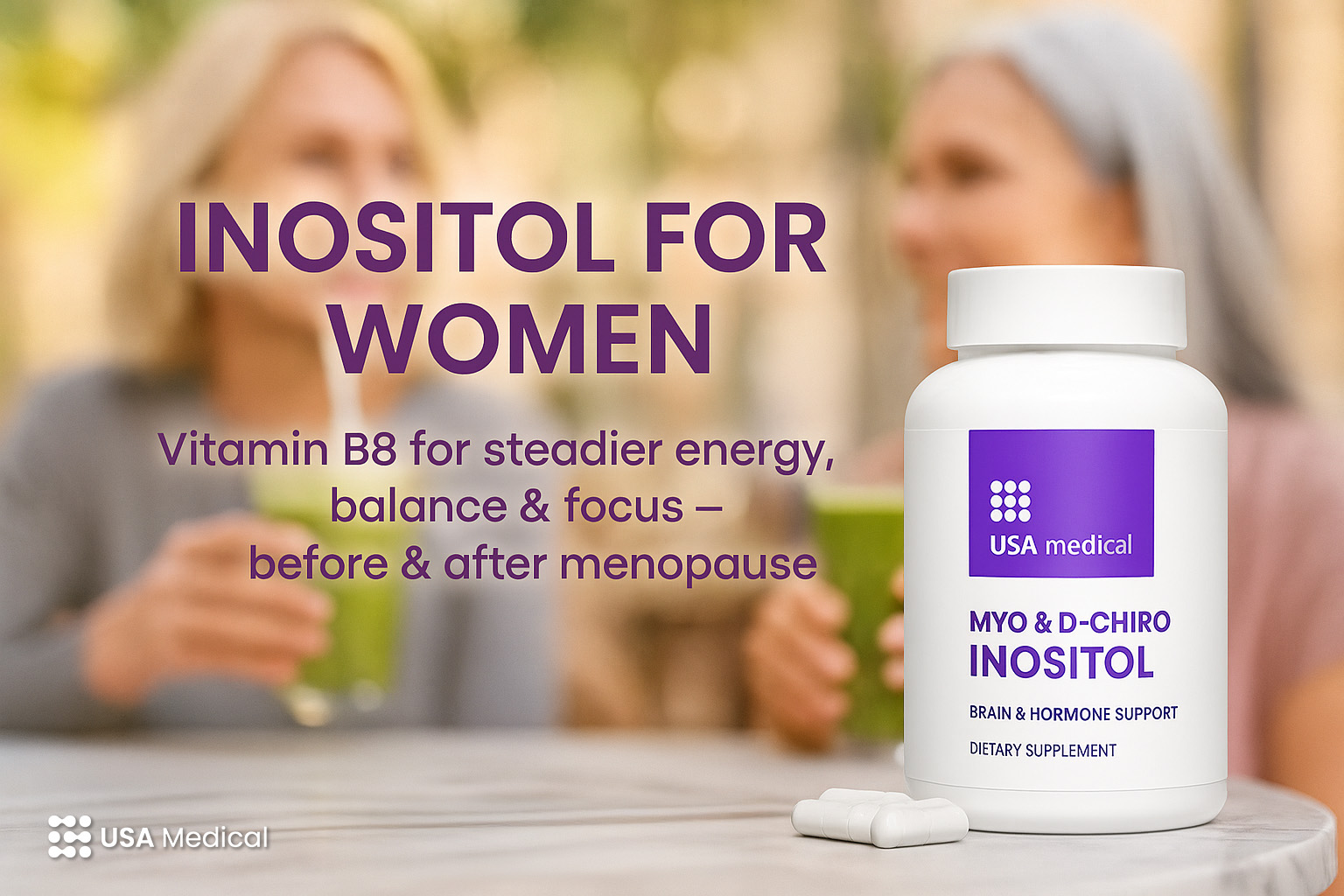
If you want steadier energy, more regular rhythms, and a routine that respects your biology, Vitamin B8, better known as inositol, belongs in the conversation. This guide explains how inositol supports women both before and after menopause, how it works, and how to use it with confidence.
Your cells talk to each other using chemical messengers. Inositol helps carry those messages.
Better insulin sensitivity can manifest as fewer energy crashes, less afternoon urgency for quick carbs, and easier time staying on track.
Inositol supports ovarian cell signaling, encouraging regular cycles and more predictable patterns month to month.
The central nervous system role of inositol explains why many women describe a quieter mental background and cleaner focus, especially when paired with a high-protein breakfast.
Menopause changes the way your muscles use glucose and fat. Estrogen shifts can nudge insulin sensitivity, body composition, and lipids.
Safety note: Inositol is well tolerated for most adults. Mild GI upset can occur when starting. If you are pregnant, nursing, on medications, or managing a medical condition, talk with your healthcare professional first.
Before (cycling years):
– Estrogen and progesterone rise and fall each month, generally supporting insulin sensitivity and lean-mass maintenance.
– Most cycles are ovulatory, so energy, mood, and sleep follow a predictable rhythm.
– Training and recovery are often more forgiving; nutrition “mistakes” have less metabolic cost.
– Primary goals: keep cycles regular, build muscle memory with consistent movement, and protect sleep during high-stress phases.
After (post-menopause):
– Estrogen is low and stable; the body tends to store more visceral fat and becomes less insulin sensitive.
– Sleep can fragment, and daytime energy feels less even without a monthly rhythm to “reset.”
– Priorities shift to metabolic steadiness (protein-forward meals, post-meal walks, resistance training), bone loading, and cardio-metabolic screening.
– Support tools (e.g., inositol for insulin signaling, targeted GSM care, personalized supplements) help you feel steady and protect long-term heart and bone health.
Bottom line: Before menopause, you’re riding a monthly wave; after menopause, you’re building a stable platform – fewer spikes, more structure, and habits that work every day.
Is inositol the same as a B vitamin?
It is often called Vitamin B8, though it is not a classic essential vitamin. It behaves like one in many cell pathways.
How long until I feel something?
Some women notice calmer focus in 1 to 2 weeks. Metabolic changes are usually evaluated after 8 to 12 weeks.
Can I take inositol with coffee or magnesium?
Yes, both are common pairings. If you are sensitive to caffeine, try inositol with breakfast first.
Inositol is a simple, evidence-informed way for women to support insulin sensitivity, ovarian function before menopause, and metabolic steadiness after menopause. It is easy to take, stacks well with a healthy breakfast and a short walk, and respects biology without adding complexity.
Your move today: start with 2 capsules in the morning, be consistent for 8 to 12 weeks, then adjust based on how you feel.
These statements have not been evaluated by the FDA. Products are not intended to diagnose, treat, cure, or prevent any disease. If you are pregnant, nursing, have a medical condition, or take medications, talk with your healthcare professional before use.

My name is Jake. I'm a certified health coach, accredited nutritionist, and I want to make health easier for everyone.
We have the 'most advanced healthcare' in history, yet millions are still sick and on more medication than ever. My goal is to make holistic health more achievable for everybody.
I read all comments, so please let me know what you think!
These statements have not been evaluated by the FDA. USA Medical products are not intended to diagnose, treat, cure, or prevent any disease. Please consult with a healthcare professional before use.

Save 50% on USA Medical CBG this week. Use code
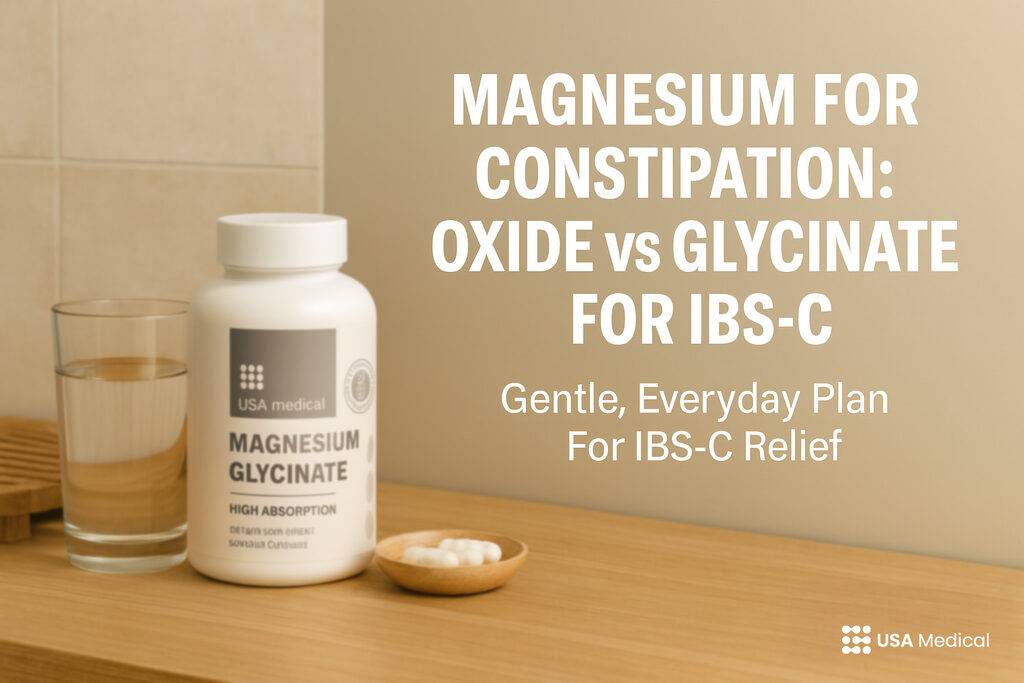
If your goal is comfortable, consistent relief, not a rollercoaster,

If you’re wondering whether magnesium glycinate for sleep is worth
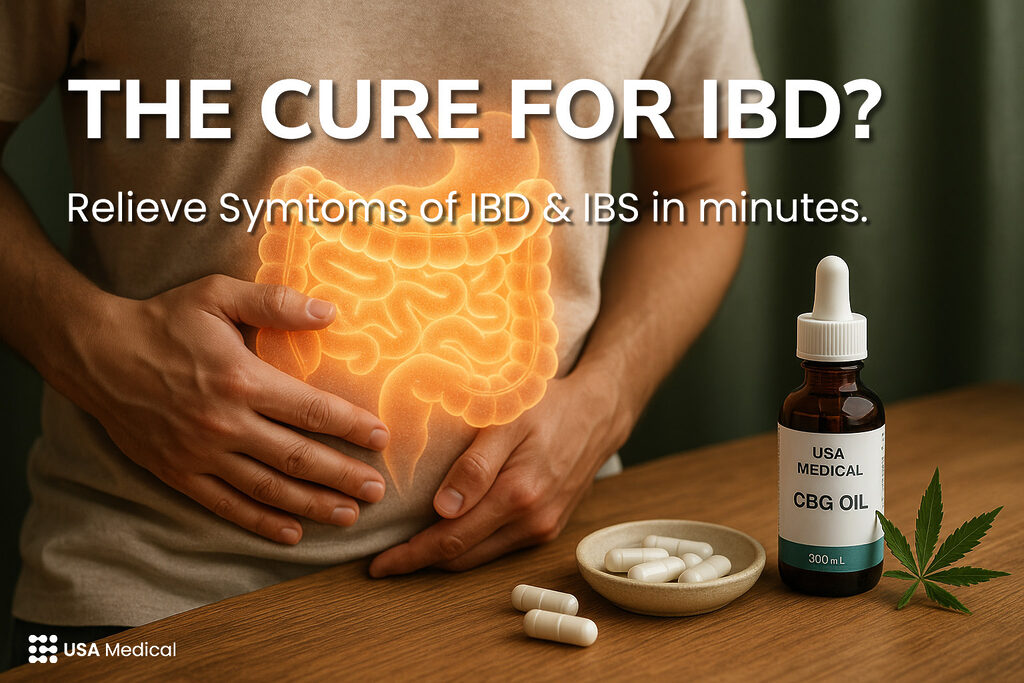
What we mean by IBD, IBS, and Crohn’s IBD is

USA Medical CBG Oil works quickly and keeps working for
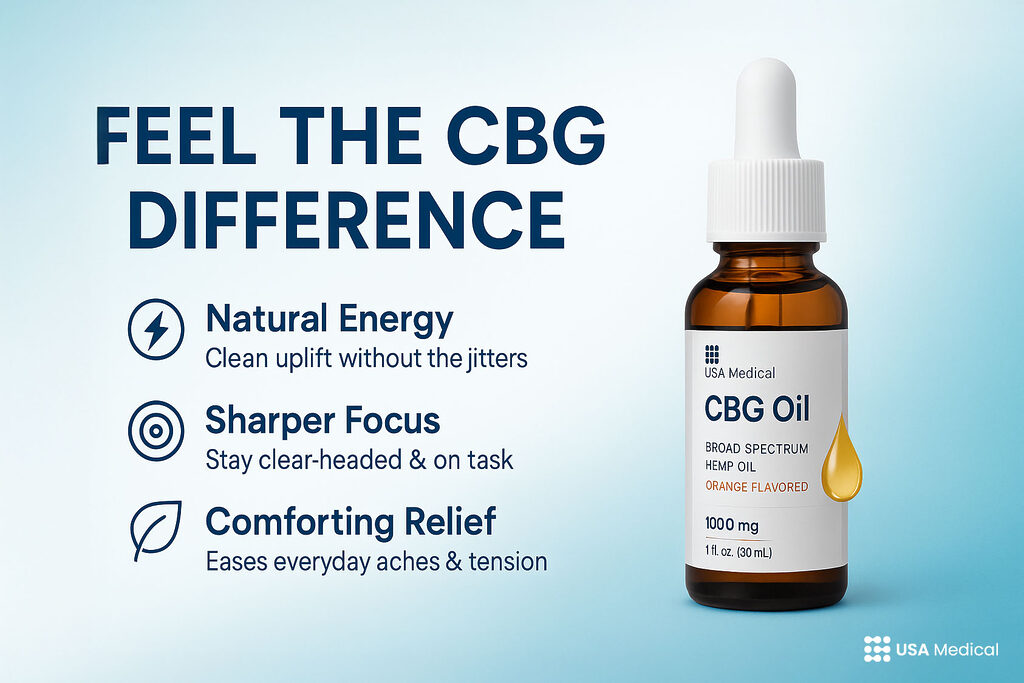
What Is CBG Oil? The Cannabinoid Behind the Buzz Cannabigerol

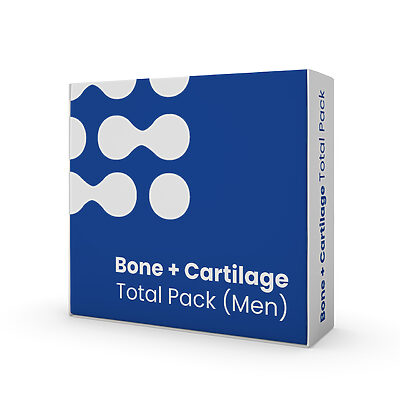
In stock | Free shipping
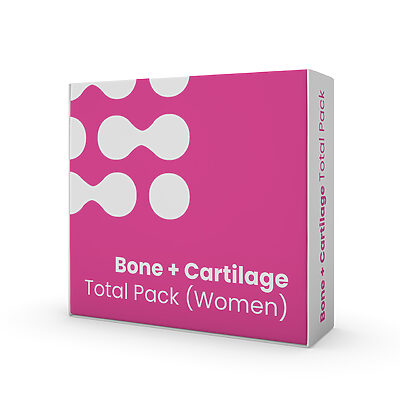
In stock | Free shipping
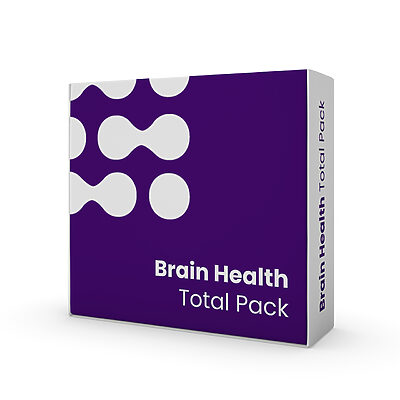
In stock | Free shipping
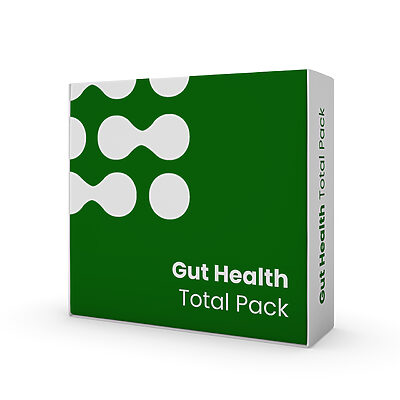
In stock | Free shipping
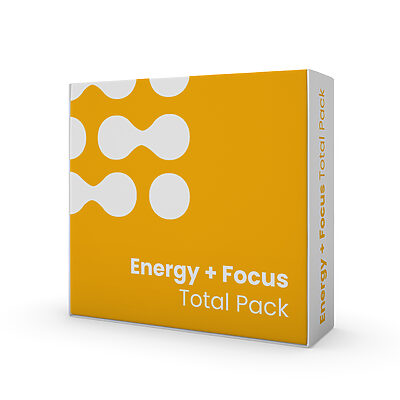
In stock | Free shipping

In stock | Free shipping

In stock | Free shipping

In stock | Free shipping